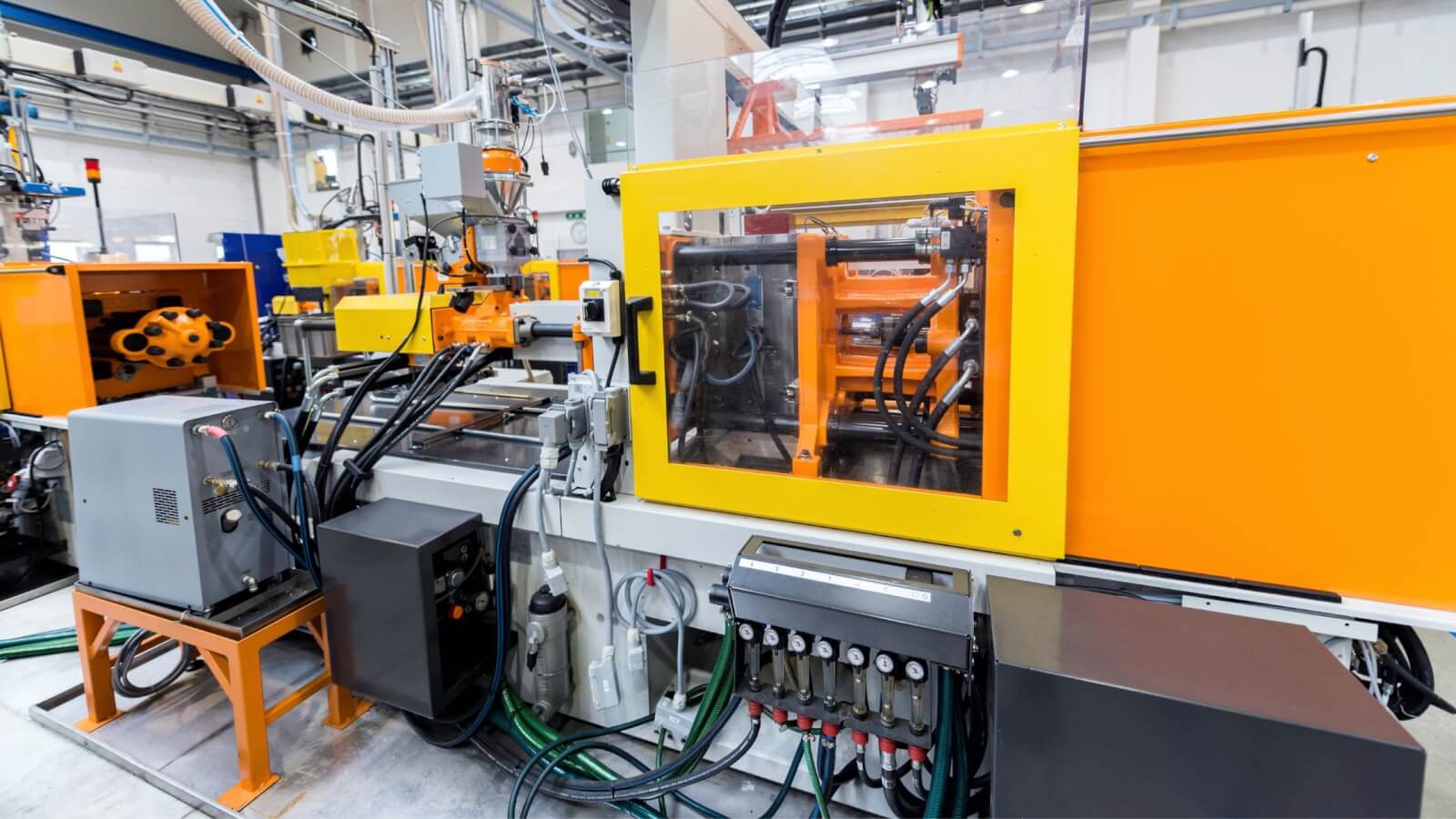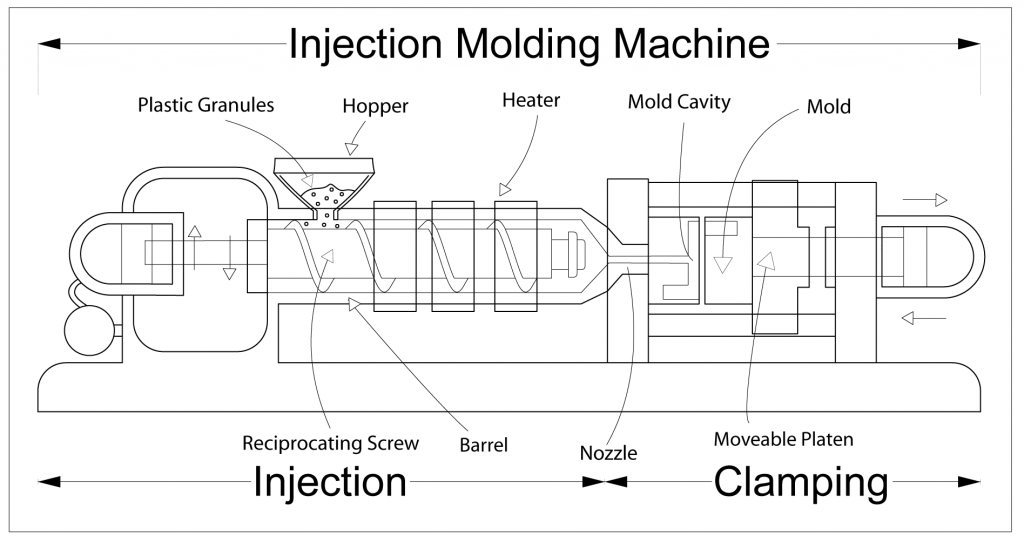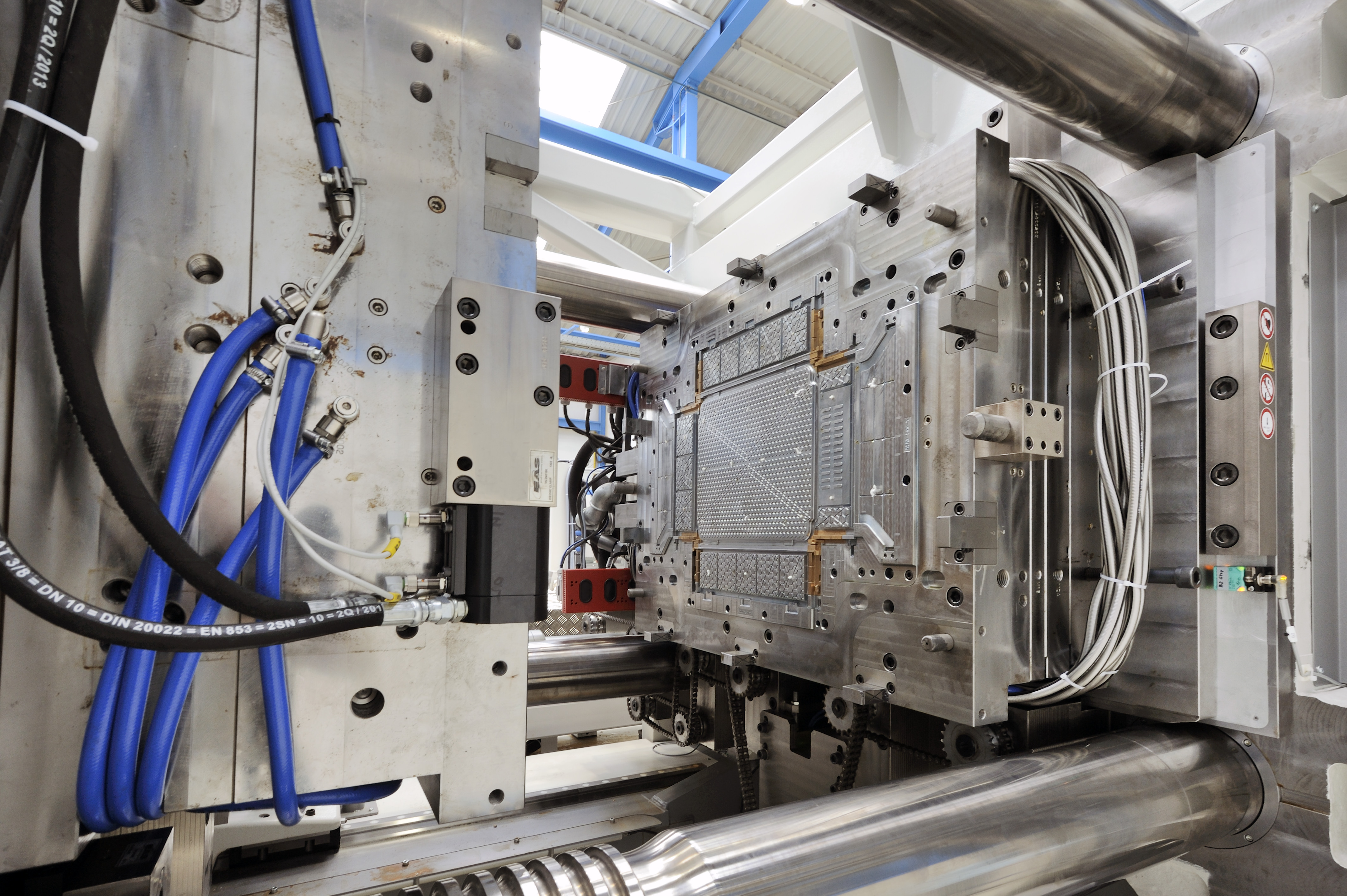The Future of Plastic Shot Molding: Developments and fads to See
As the plastic injection molding sector progresses, a number of vital trends are emerging that pledge to improve its landscape. Automation and clever production techniques are set to improve efficiency, while the change in the direction of lasting products mirrors an expanding environmental consciousness. Additionally, developments in 3D printing are leading the way for unprecedented layout versatility. However, these technologies likewise produce obstacles that call for cautious factor to consider. Understanding exactly how these aspects will communicate and influence future practices is essential for stakeholders looking to browse this transformative duration successfully.
Automation and Smart Manufacturing
As the plastic injection molding sector progresses, automation and smart production are taking spotlight, transforming manufacturing procedures - Plastic Injection Molding. The integration of innovative innovations such as robotics, IoT (Internet of Points), and synthetic intelligence is allowing makers to improve performance, minimize operational expenses, and improve item quality. Automated systems enhance workflows, decreasing hands-on treatment and increasing throughput, which is crucial in meeting the increasing demand for fast manufacturing cycles
Smart manufacturing modern technologies help with real-time surveillance and data analysis, permitting companies to maximize machine performance and forecast maintenance requirements. This aggressive approach not just decreases downtime but likewise expands the lifespan of devices. The use of joint robotics, or cobots, enhances the versatility of production lines, making it possible for employees and machines to run side by side securely and successfully.
The fostering of automation in plastic shot molding is not merely a trend but a tactical critical for businesses aiming to remain competitive in a worldwide market. By taking advantage of these innovations, suppliers can accomplish higher accuracy, minimize waste, and adjust swiftly to transforming client demands, placing themselves for sustainable growth in a progressively automatic future.
Sustainable Materials and Practices
The press in the direction of automation and wise manufacturing has paved the way for a greater focus on lasting products and methods within the plastic injection molding industry. Companies are significantly looking for green choices to standard petroleum-based plastics, causing the adoption of bio-based and recycled products. These lasting materials not only reduce ecological effect but also straighten with customer demand for greener products.

Furthermore, collaboration between makers, product distributors, and environmental companies is cultivating innovation in the development of sustainable materials that meet performance standards without compromising quality. As regulations around plastic usage come to be more stringent, the sector is positioned to adjust by accepting these sustainable methods, guaranteeing long-lasting practicality and decreasing reliance on non-renewable sources. The assimilation of sustainability right into plastic injection molding is not merely a trend; it is ending up being a vital element of corporate responsibility and functional quality.
Advancements in 3D Printing
Recent advancements in 3D printing modern technology are substantially transforming the landscape of plastic injection molding. The integration of additive manufacturing processes permits for the fast my latest blog post prototyping of complex geometries that were once tough or impossible to achieve via conventional methods - Plastic Injection Molding. This ability not only accelerates product development cycles however likewise reduces product waste, aligning with the expanding need for sustainable production methods
Moreover, the introduction of crossbreed manufacturing strategies, which integrate 3D printing and shot molding, offers suppliers the ability to produce intricate styles while keeping the efficiency of mass manufacturing. This approach allows the manufacturing of customized parts customized to specific client needs without sacrificing the speed and scalability that shot molding gives.
Additionally, improvements in products, such as high-performance polymers and composites specifically created for 3D printing, are boosting the functional abilities of published parts. These products can withstand higher anxiety and show improved thermal homes, making them ideal for even more requiring applications.
As 3D printing remains to evolve, its combination into plastic injection molding processes guarantees to boost performance, lower prices, and foster innovation in product style, positioning makers to much better satisfy the obstacles of an open market.
Information Analytics and IoT Assimilation
Information analytics and the combination of the Web of Points (IoT) are reinventing plastic shot molding by supplying makers with unmatched insights into their operations. By leveraging real-time data accumulated from interconnected equipments and sensing units, suppliers can check efficiency metrics, determine ineffectiveness, and optimize production procedures. This data-driven strategy assists in predictive maintenance, reducing downtime and expanding tools life expectancy.
Additionally, IoT integration permits boosted quality assurance. By continuously tracking variables such as cycle, stress, and temperature times, suppliers can quickly discover deviations from developed specifications and make adjustments in actual time. This not only boosts product uniformity however also lowers waste and scrap rates.
The fusion of information analytics and IoT technologies likewise empowers makers to adopt even more nimble manufacturing techniques. With accessibility to extensive information analytics, companies can reply to market needs with higher adaptability, adjusting manufacturing schedules and setups as required. This adaptability is crucial in a quickly transforming manufacturing landscape.

Personalization and Style Versatility
Exactly how can modification and layout adaptability boost the competition of plastic shot molding? In a significantly varied market, the capability to use customized remedies is critical. Customization allows makers to satisfy certain client needs, accommodating unique measurements, forms, and performances that conventional items may not satisfy. This flexibility not only cultivates customer commitment but also opens up methods for new company opportunities throughout numerous markets, from automobile to consumer items.
Developments in design modern technologies, such as computer-aided design (CAD) and quick prototyping, additional bolster this pattern. These tools allow designers to produce complicated geometries and detailed patterns, which can be effortlessly integrated into the manufacturing process. As an outcome, producers can react swiftly to altering customer preferences and market needs.
Moreover, the application of modular tooling systems enhances style adaptability, allowing for quicker modifications in between different item layouts without comprehensive downtime. This flexibility can lead to minimized preparations and lower production expenses, making firms more competitive and nimble. Inevitably, welcoming customization and style adaptability in plastic shot molding not only elevates product offerings however additionally strengthens market positioning in an ever-evolving landscape.
Conclusion
The future of plastic shot molding is identified by substantial advancements in automation, sustainable methods, and ingenious products. The assimilation of IoT and information analytics will certainly enhance operational efficiency and predictive maintenance. Moreover, the fostering of recycled and bio-based products, along with progression in 3D printing, will certainly foster sustainability within the industry. Customization through modular my site tooling and rapid prototyping will certainly make it possible for suppliers to continue to be receptive and competitive to the dynamic demands of the market.

The future of plastic shot molding is characterized by substantial advancements in automation, sustainable techniques, and innovative materials.